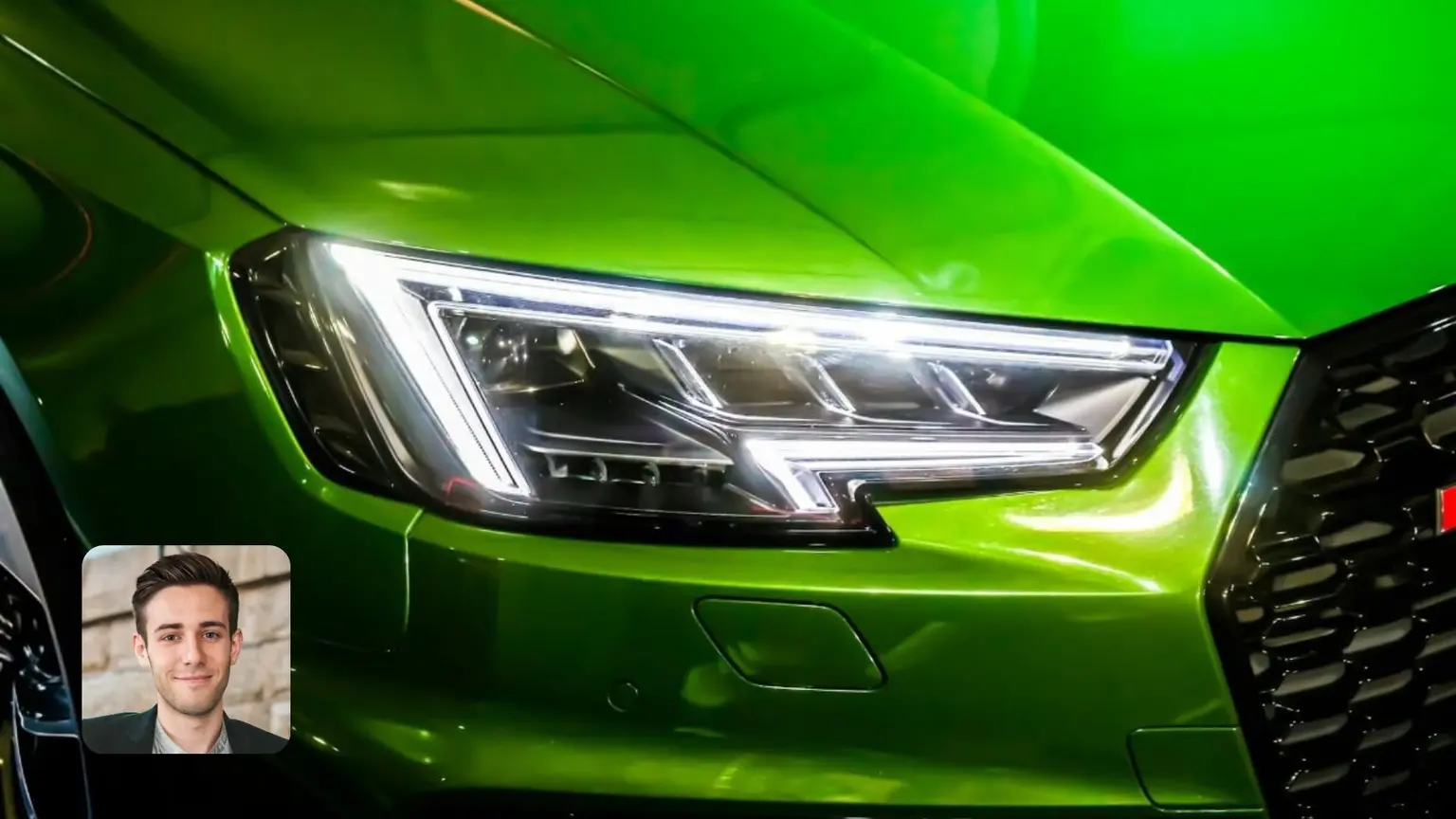In an era where sustainability drives innovation, the automotive world is undergoing a profound transformation. From revolutionary battery technologies to ingenious use of environmentally responsible agricultural by-products, green car advancements are reshaping how vehicles interact with the planet.
Here are five exceptional breakthroughs that are steering vehicles toward a greener horizon.
1. Zero Tailpipe Emissions
Electric vehicles (EVs) stand at the forefront of green automotive technology. One of the most significant advantages of electric propulsion is that EVs do not run on gasoline and produce no emissions during operation. Since they have no internal combustion engine, there is no exhaust system spewing carbon dioxide, nitrogen oxides or particulates into the atmosphere. In urban areas, where air quality matters most, each EV on the road directly contributes to lowering smog and health-hazard pollutants.
The environmental impact is further reduced when charging infrastructure is combined with renewable energy technology. While critics point to battery production emissions, research indicates that EVs quickly offset this initial carbon debt through operational efficiency.
Modern smart chargers have built-in capabilities that automatically schedule top-ups when electricity is cheapest and cleanest, based on dynamic tariffs and renewable-generation forecasts. Even more impressively, vehicle-to-grid (V2G) systems enable EV users to return stored energy to their home or the grid at peak demand. This effectively turns a simple EV into a mobile battery that can support the local network, balance renewables and potentially earn you credit on your bill.
2. Solid-State Batteries
Traditional lithium-ion cells have served the auto industry well, but solid-state batteries promise even greater energy density, faster charging and improved safety. Replacing liquid electrolytes with a solid ceramic or polymer lets manufacturers pack more energy into the same space while decreasing the risk of thermal runaway.
Partnerships such as Stellantis and Factorial Energy are already prototyping solid-state packs that will double the range and halve charging times of current EV batteries. The brainchild is officially scheduled for on-road demonstrations in 2026 as the next leap in energy density.
3. Creative Use of Sustainable Materials
The concept of incorporating plant-based materials into vehicles isn't new. Long before today’s carbon-fibre dreams, Henry Ford unveiled the plastic-bodied car in 1941 as a visionary blend of agriculture and industry and in response to a shortage of metal at the time.
What would have been the world’s first plastic car was crafted from a tubular-steel frame encased with 14 plastic panels. The engineering marvel was reportedly concocted from soy fibres embedded in a phenolic resin with formaldehyde. This made the innovative soybean automobile weigh 1,000 pounds less than its steel 2,000-pound counterparts. Ford’s early experiment highlights how sustainable biomaterials can reduce weight and resource use — an approach now echoed in door panels, dashboards and seat fabrics.
Today, manufacturers are revisiting and expanding this concept. Industrial giants like Mercedes-Benz report a 73% increase in the use of natural materials in its production line. Headliners like BMW, Audi, Toyota, Opel and Lotus Cars Limited, amongst other global brands, are embracing the potential of sustainability in car design.
You’ll now find seats upholstered in recycled fishing nets or plant-based polyurethanes derived from corn and castor oil. Door trims made from agricultural waste — rice husks, banana leaf fibre or coffee grounds — lend interiors a unique texture while diverting refuse from landfills. In this way, end-of-life vehicles contribute to the circular approach by recycling raw materials back into production. These advancements reduce petroleum dependency and often result in lighter-weight automobiles that consume less energy.
4. Smart Energy Management Systems
AI-powered systems optimise energy usage based on driving conditions, route topography and driver behavior. These intelligent systems can adjust power delivery, climate control and regenerative braking intensity to maximise efficiency without compromising comfort or performance. Some can even learn from individual driving patterns, delivering personalised efficiency recommendations.
5. Autonomous Eco-Driving Assistants
Artificial intelligence (AI) is enhancing driving efficiency in an effort to reduce the 94% of road accidents that occur due to human error. Eco-driving assistants analyse route topography, traffic patterns and real-time weather data to suggest optimal acceleration and deceleration profiles.
By minimising unnecessary throttle inputs and leveraging momentum intelligently, vehicles fitted with these systems ease congestion-related delays on highways by 60%. For drivers, this translates to smoother journeys and reduced energy consumption. When combined with the efficiency of ride-sharing, automated cars can consume up to 10% less fuel.
Drive Toward a Greener Tomorrow
From Ford’s soybean-panel prototype to today’s automated-driver EVs and tomorrow’s solid-state packs, the push toward sustainability is as technical as it is creative. By staying informed about lightweight materials, zero-tailpipe propulsion and improved after-treatment systems, you can choose (or advocate for) vehicles that drive real change in the pursuit of a cleaner, more sustainable future.
You may also like...
Sign up for our newsletter
Get the latest sustainability news delivered directly to your inbox.






